Common Turn Based Game Projection Techniques
A couple commonly used projection techniques for turn based video games are orthographic and isometric projection. I’m in the process of figuring out which technique I’ll be using for my tactics game and I’ve been looking into the pros and cons of each method and how they’ve been used in previous games. Here’s what I’ve discovered so far.
Orthographic Projection
The orthographic projection is the view that pretty much every old school game like Mario, Zelda, and Civilization 1 used. Simply put, this technique places the camera above the action. You can see this technique commonly used in games with a top down view or a birds eye view.
The birds eye view places the camera directly over the character’s head and can be seen in older games like Civilization 1 and recent games like Hunters and Warhammer Quest.

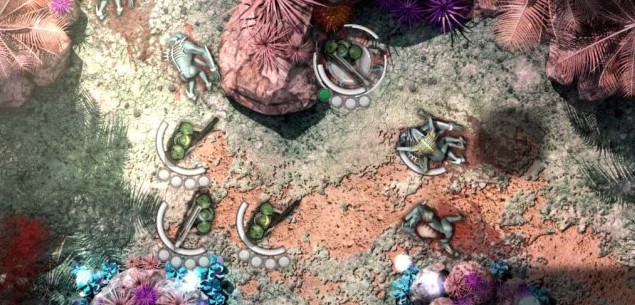
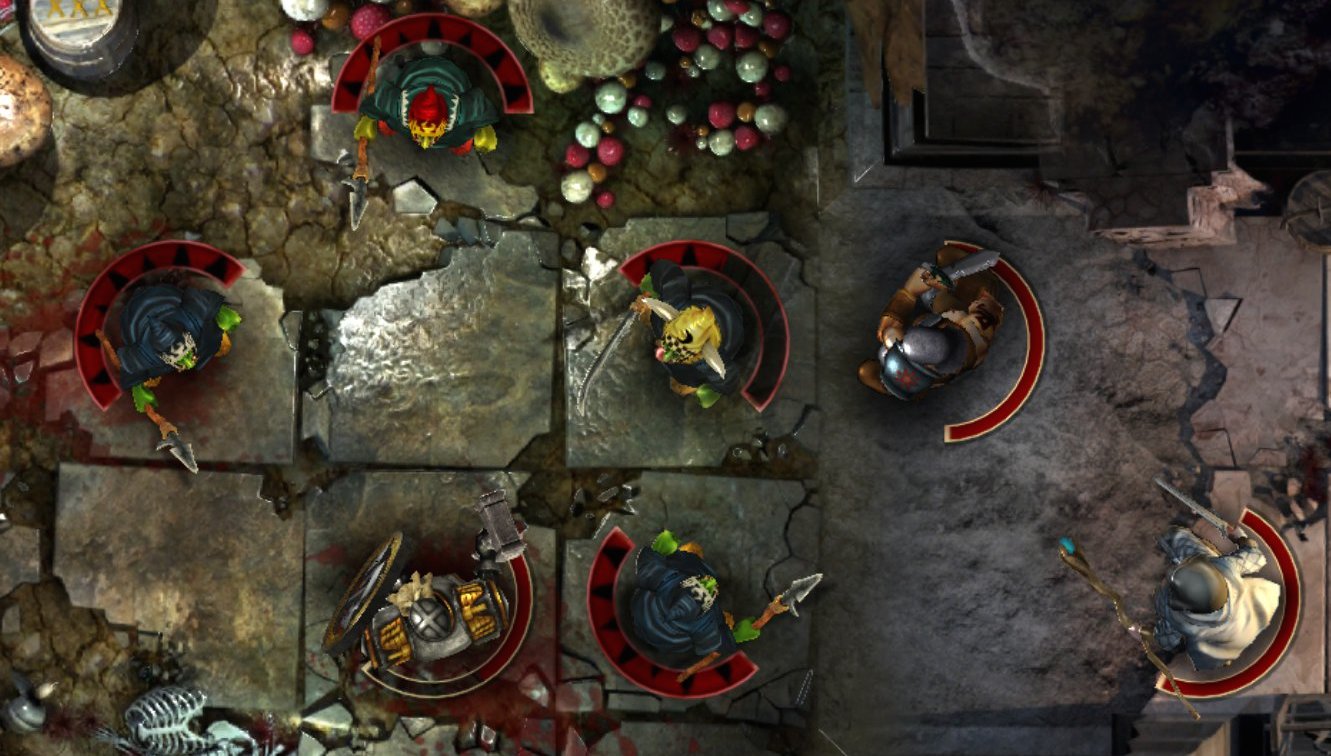
The top down view moves the camera point of view up a little bit, which allows us to give the screen and characters some depth. Some examples of this view in practice are Might and Magic 3, Hero Academy, and Braveland.
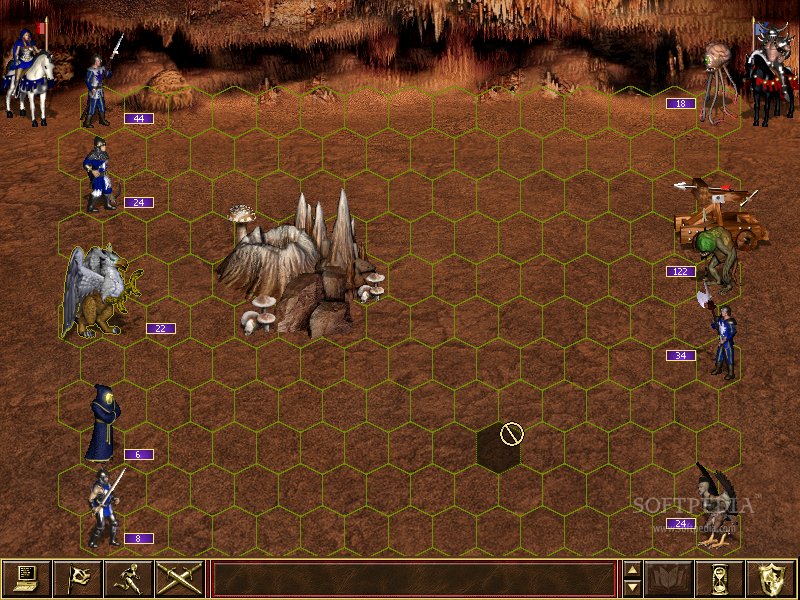


The orthographic point of view is what I have been primarily experimenting with so far and the pros for this technique are that everything is completely grid based at a 1:1 scale, making programming calculations easier, and fewer character animations are needed, which saves on artwork. I think the main downside of this point of view, especially the top down style, is that the artwork and animations can look a little awkward and cheesy.
Isometric Projection
Isometric projection is commonly referred to as 2.5D and this technique creates the illusion of 3D in a 2D world by using angles. Instead of the straight 90 degree angles that are used in orthographic projection, isometric projection uses slopes to give each tile a diamond shape. Examples of this in practice can be seen in Final Fantasy Tactics, Ravenmark, Banner Saga and UFO.
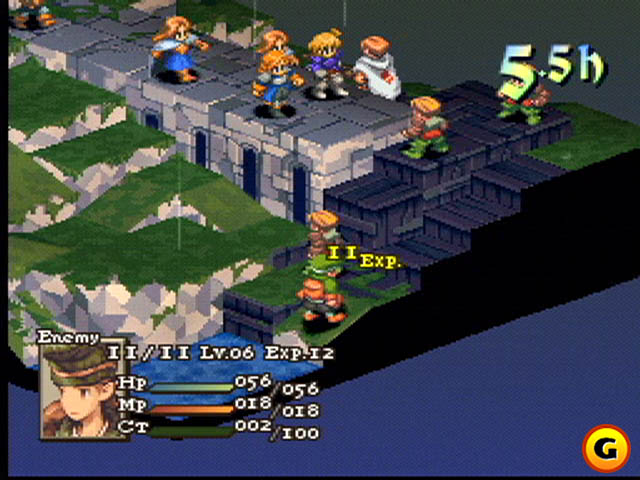

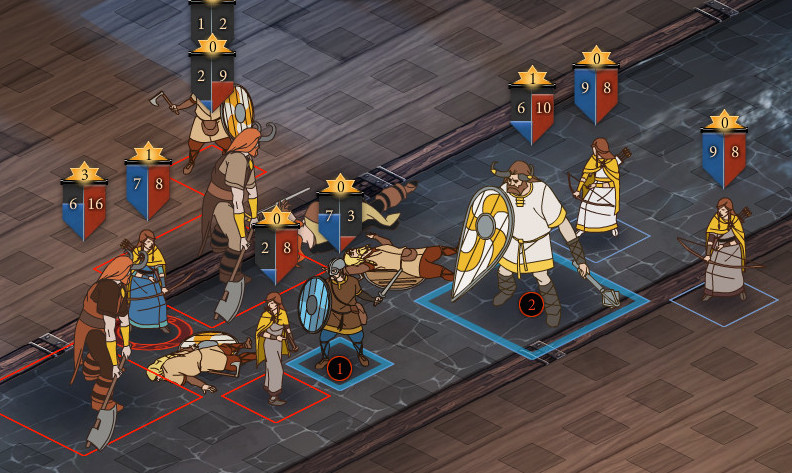

I personally think isometric projection looks better for most turn based games, but it does add more programming difficulty and artwork, both of which cost time and money. I plan on experimenting with this technique over the next couple of weeks and I’ll keep you posted on what I learn.
Further Reading
If you’re looking to learn more about different projection techniques, here are some of the better resources that I’ve come across






Thank you
Your comment will be published once it has been approved.
to see the pull request you generated.